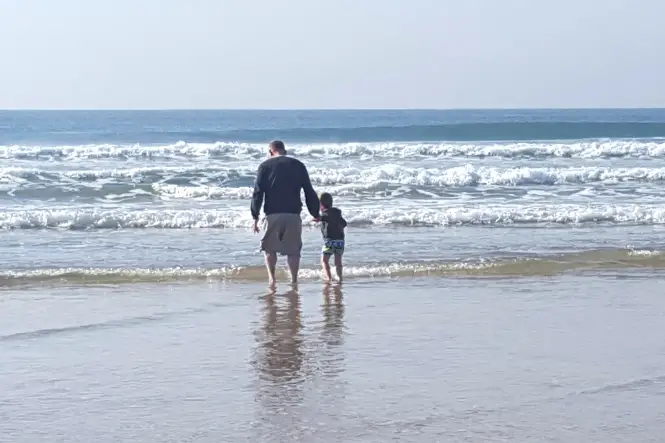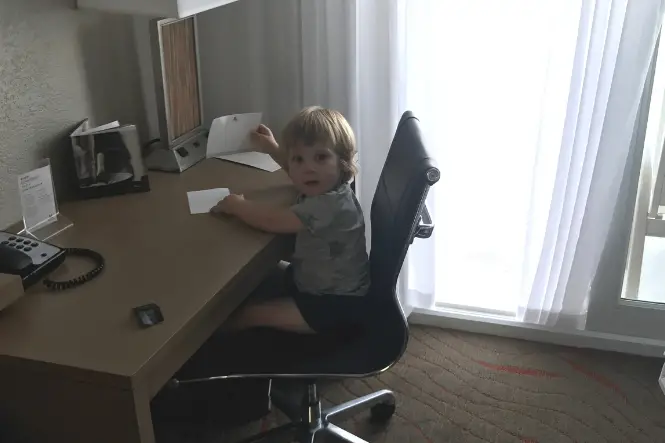If you happen to come across a casualty, you will need to assess the situation before anything else. It can be useful to remember DRABC, which stands for Danger, Response, Airway, Breathing and Circulation.
Table of Contents
Danger
First and foremost, ensure that you or the casualty aren’t in any danger. First of all, make the situation safe and then assess the casualty.
Response
Check the casualty to see if they are conscious. If you are not sure or the casualty seems unconscious, you can check this by shouting:
‘Hello’, ‘Can you hear me?’, repeat this while gently shaking their shoulders.
If There is a Response
- If you can see no further danger, leave the casualty in the position that you found them and call for help (999) if needed.
- Treat any injuries found, if you can. Make sure you monitor crucial signs, including their level of response, their pulse and their breathing.
- Continue monitoring and speaking to the casualty either until help arrives or they recovers.
If There is No Response
- Shout out for help to people passing by, they can then call for help while you stay with the casualty.
- If at all possible, try to leave the casualty in the position you found them in and open their airway.
- If this is not possible, gently roll the casualty onto their back and then open their airway.
Airway
To open the airway, put one hand on the casualty’s forehead while gently tilting their head back.
This will move the casualty’s tongue away from the back of the mouth insuring they do not choke.
Breathing
- Look, feel and listen and for a maximum of 10 seconds to see if the casualty is breathing regularly.
- Look to see if the chest is inflating and deflating while listening for signs of breathing.
- You can also feel for breath against your cheek.
If and when the casualty is breathing normally, place them in the Recovery Position while checking for other life-threatening conditions such as critical bleeding and treat as necessary. (Read our article on First Aid for Bleeding on this site.)
Not Breathing
If the casualty is not breathing normally, begin CPR immediately:
CPR for children from 1 year to puberty
CPR for babies from birth to 1 year






